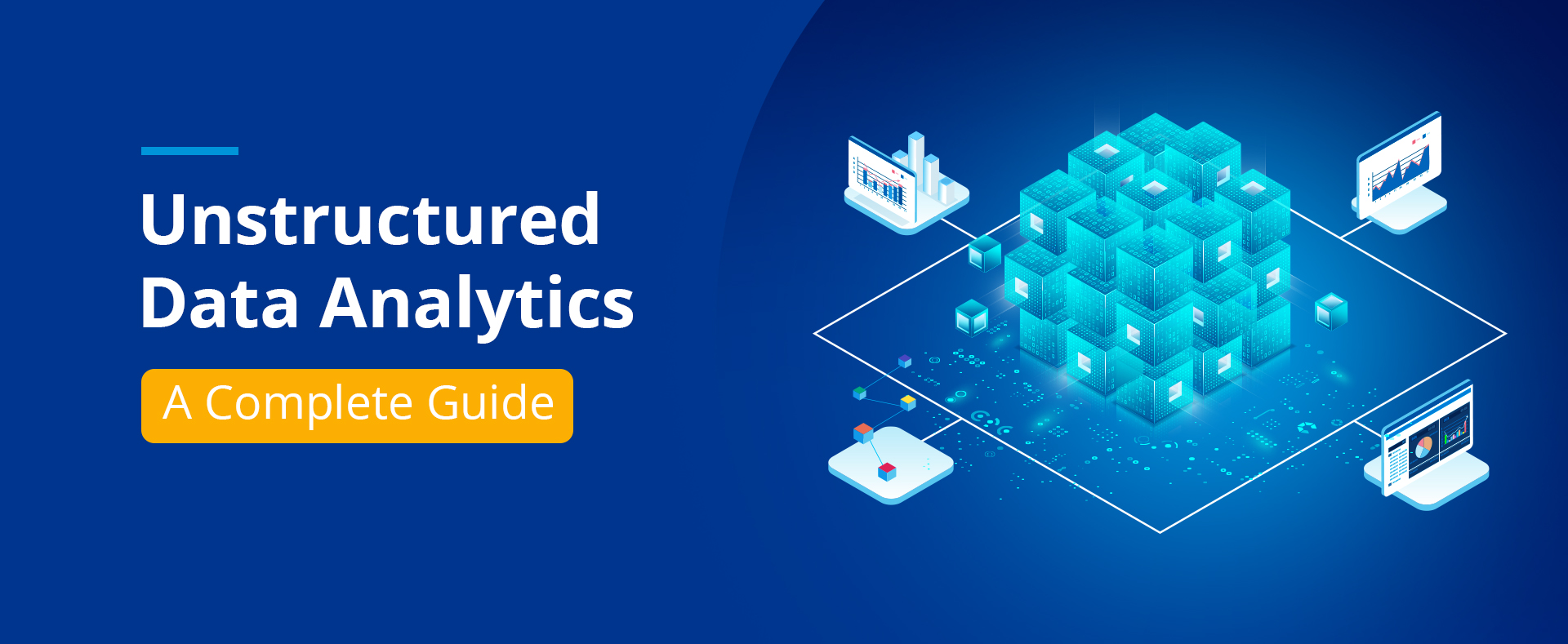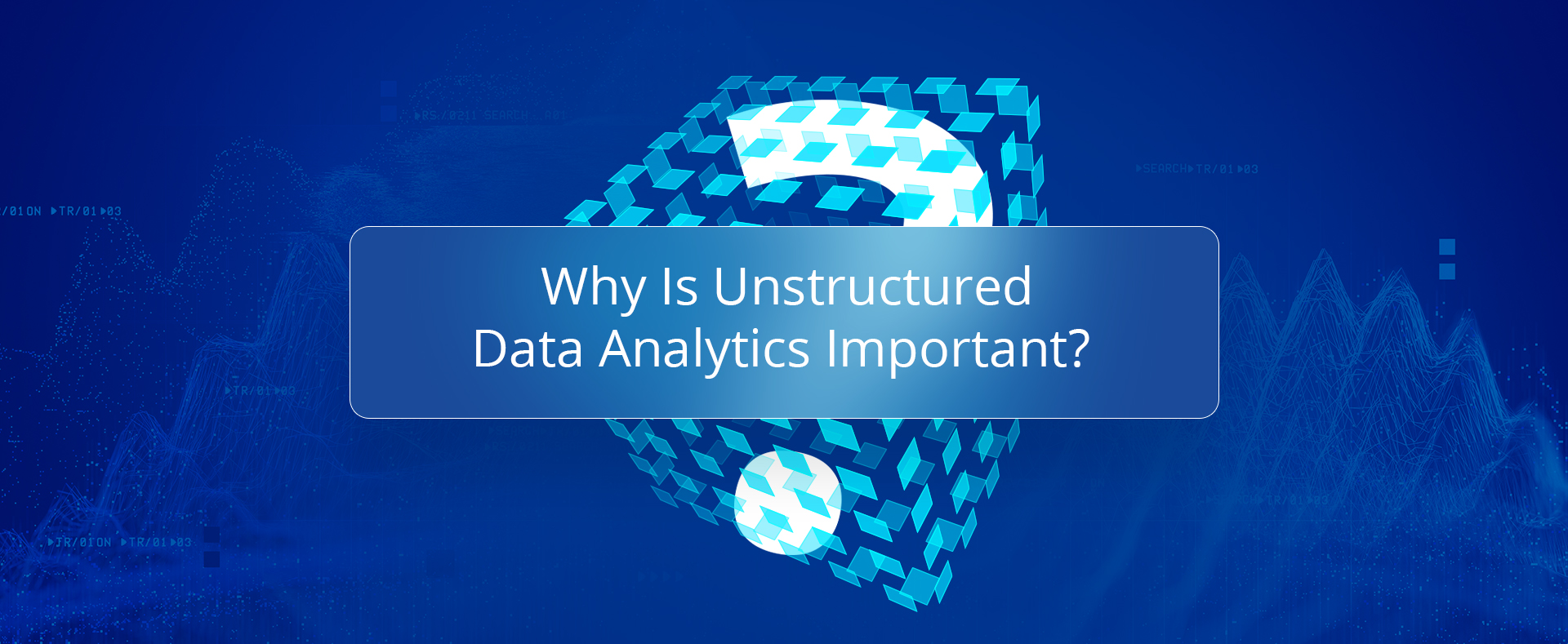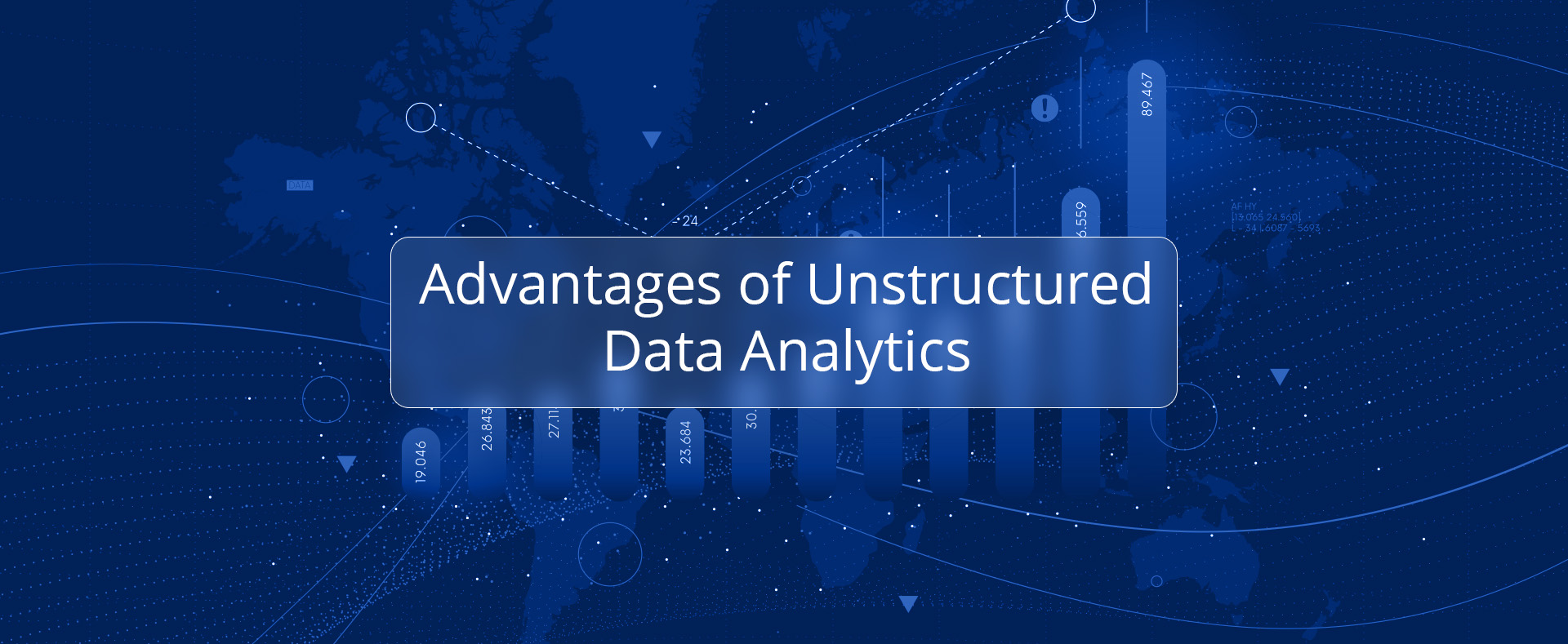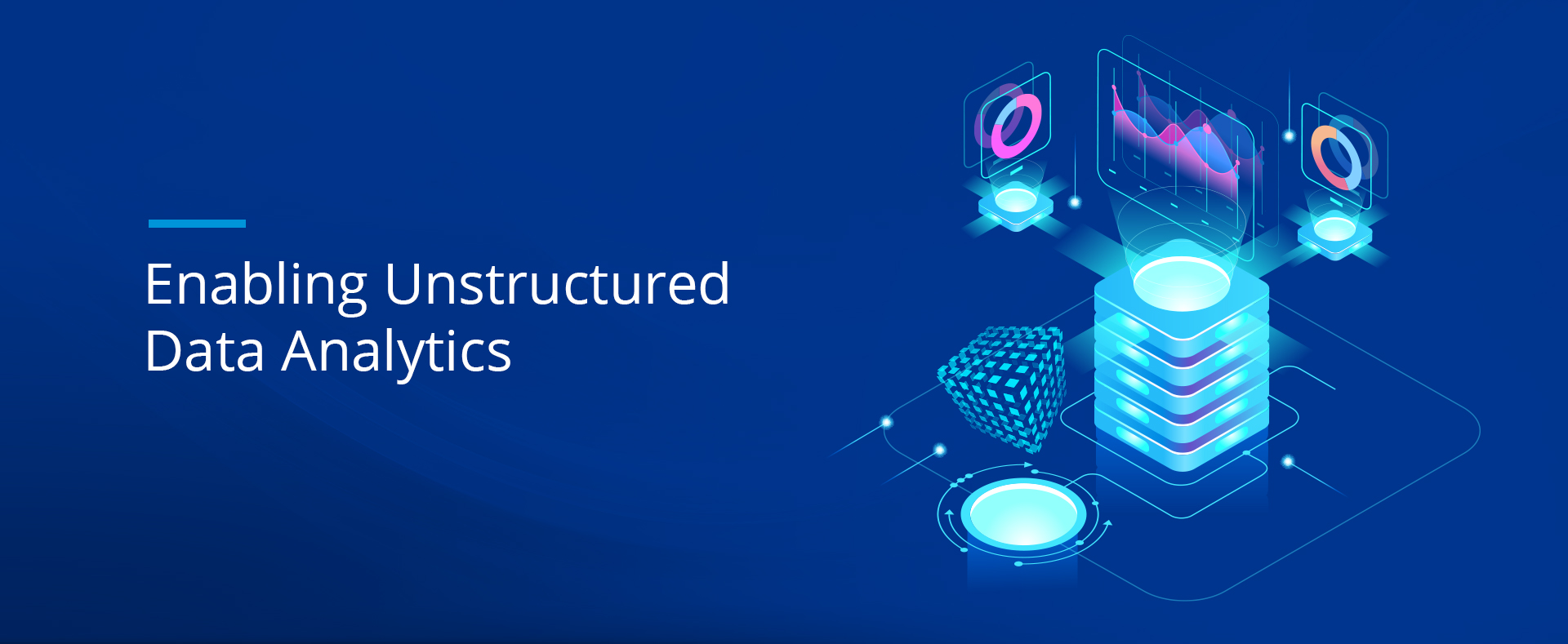
Modern enterprises continue to embrace digital transformation at scale — with business analytics at the forefront of this revolution. Across industries, organizations generate a massive volume of data. The ones using analytics to their advantage are more likely to perform better.
Investing in analytics and business intelligence (BI) tools empowers business leaders to make more informed decisions. It also helps them achieve several strategic objectives, such as optimizing operations, gaining consumer insights, measuring performance, and more.
The Rise of Unstructured Data Analytics
Until recently, enterprises solely relied on structured data to make business decisions — as conventional software couldn’t ingest, process, and extract the information from unstructured text mainly due to… the lack of structure. Unstructured data do not have a pre-defined schema, so it cannot be stored in a traditional database until converted into a structured format.
But unstructured data is no longer dark data, unavailable for analysis. Advancements in artificial intelligence (AI) technology now make it possible for organizations to open previously-closed doors to big data that offer a trove of untapped insights.
Data analysts can now extract valuable insights from unstructured data to improve the accuracy and effectiveness of their BI and data analytics.

Why Is Unstructured Data Analytics Important?
Given that more than 80% of business data is unstructured, it simply cannot be ignored for analytics. It can offer a wealth of insights and provide a more accurate and detailed picture of a business.
Unstructured data analytics is a relatively “new” concept that is still evolving. But businesses are to avoid missing the benefits it brings to the table. It’s fair, given the unstructured data may hold valuable insights to augment a business’s market competitiveness.
Unstructured data is qualitative and more categorical in nature. It does not contain a predetermined data model or schema but has an internal structure. Using modern AI-powered data extraction tools, it can be converted to an easily manageable format for analytics.
For example, important business documents like invoices, purchase orders, receipts, feedback forms, utility bills, etc., are available in an unstructured format. Hence, these cannot be used in analytics.
In contrast, structured data stored in an excel file or database file can easily be exported to BI tools to gain meaningful insights.
Successful companies like Amazon heavily rely on unstructured data analytics to understand consumer behavior. By transforming unstructured data into customer insights, companies attract new customers, reduce churn, and maximize satisfaction.

Advantages of Unstructured Data Analytics
Gain a Competitive Advantage
Conventional reports prepared by number crunching don’t usually provide insights at a granular level like unstructured sources. For instance, data generated through emails, interviews, surveys, and field trials allow businesses to unravel critical information about current market trends and performance.
Using these insights provides R&D opportunities for organizations as they anticipate changes and strategize accordingly.
Unlock Consumer Insights
Unstructured data from questionnaires filled by focused groups and survey forms can contain a wealth of intelligence for the marketing department. It may have valuable information about consumer behavior and spending habits based on geo-location and several other factors.
Having the targeted information facilitates managers in product development and marketing activities.
Improve Customer Experience
Companies can analyze unstructured data obtained from customer service chats, emails, feedback forms, and various other sources to deliver a better customer experience.
For instance, sentiment analysis can provide a better understanding of the customer outlook around the brand, which can drive product optimizations, new feature rollouts, and performance improvements.
Regulatory Compliance
Organizations operating in a highly regulated environment tread carefully. They comply with every regulation to avoid hefty fines and penalties, as it may adversely affect their financial performance.
A centralized repository of unstructured data allows businesses to be more proactive. It allows them to uncover potential compliance and regulatory issues before they exacerbate, protecting their resources and reputation.
CHECK OUT: Aclaimant Completely Eliminates Manual Transcription from its Claims Data Management Process

Enabling Unstructured Data Analytics
AI-powered data extraction tools now allow enterprises to automatically extract semi-structured and unstructured data. Analysts can convert them into structured datasets to analyze and draw meaningful insights. Powered by machine learning and natural language processing, these solutions can recognize data patterns, which enables faster data extraction.
Combining structure and unstructured data allow enterprises to perform numerous business analyses. These include descriptive, diagnostic, predictive, and prescriptive analytics to identify trends and patterns. Companies can also find cause and effect, forecast future outcomes, and determine the best approach for strategic, tactical, and operational decisions.
For instance, users can upload customer feedback forms, and the solution will extract keywords, names, addresses, contact details, comments, and other relevant information, then structure these datasets into a tabular format.

How Astera ReportMiner Fits In
Astera ReportMiner is a modern data extraction solution purpose-built to automate and streamline unstructured data management. Combining the power of an enterprise-grade ETL engine and rule-based data extraction, it’s a powerful solution that allows organizations to extract data trapped in unstructured documents with great accuracy and efficiency.
Let’s take an example of customer feedback forms from above. Using Astera ReportMiner, an enterprise can build reusable data extraction templates to capture relevant data regions in the forms. With the documents now organized, business users can perform analytics pertinent to improving customer experience.
Our enterprise-grade data extraction solution has a code-free, intuitive platform that allows business users to create reusable extraction templates to extract data from large volumes of unstructured documents without any hassle. The process orchestration feature automates report mining and downloading tasks to maximize efficiency and minimize costs.
Moreover, Astera ReportMiner’s AI-driven data extraction feature, AI Capture, significantly accelerates and simplifies the process of capturing data from unstructured documents.
Using table detection and natural language processing algorithms, ReportMiner can identify and create the data regions and fields with just one click. Now, users can build extraction templates for unstructured documents in seconds.
Conclusion
Unstructured data analytics can turbocharge enterprises’ business intelligence initiatives and help them flourish in highly competitive environments.
If you want to capitalize on the explosive growth of unstructured data to derive benefits for your organization, get in touch with our sales team to schedule a demo or learn more about our product.








